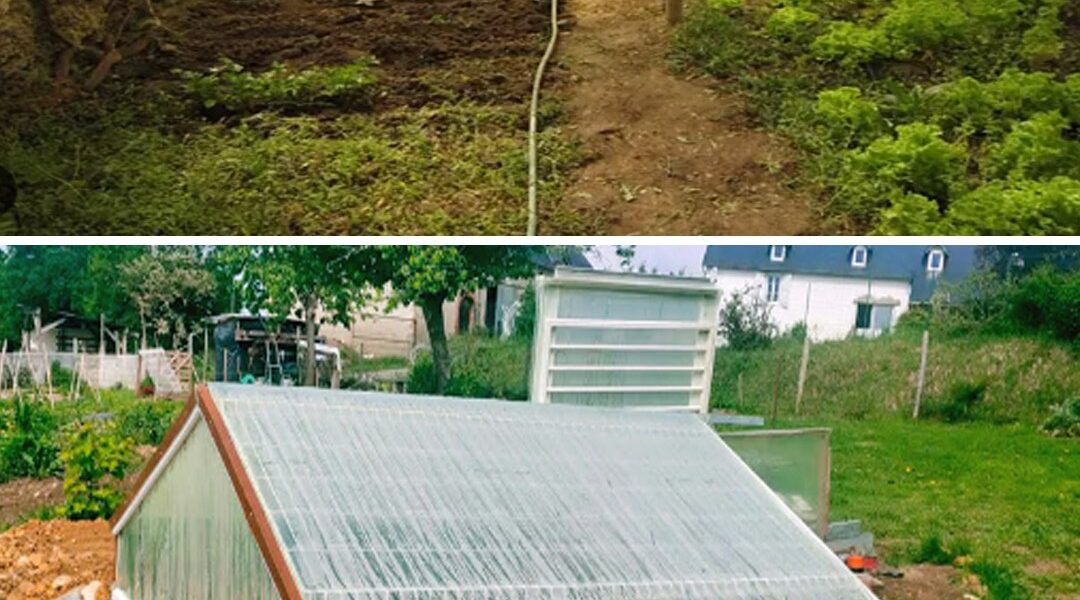For Year-Round Growing, Try an Underground Greenhouse: How to Build an Underground Greenhouse
Growing plants year-round is an exciting challenge for many gardeners. Seasonal variations, unpredictable weather, and extreme temperatures can make growing delicate fruits, vegetables, and plants difficult or impossible. However, there is an innovative solution to this challenge: building an underground greenhouse. In this article, we will explore the benefits of underground greenhouse growing and walk you through the steps to building one.
1. Constant temperature
One of the main advantages of underground greenhouse growing is temperature stability. Underground greenhouses benefit from the thermal inertia of the soil, which means that the temperature inside remains relatively constant throughout the year. This helps protect plants from winter frosts and summer heatwaves.
2. Weather protection
Underground greenhouses provide effective protection against extreme weather conditions, such as strong winds, hail and heavy rain. This will keep your crops safe from the elements, ensuring their health and yield.
3. Water saving
Underground construction also helps reduce water loss through evaporation. Plants receive constant moisture, reducing the need for irrigation. This helps save water, an increasingly precious resource.
4. Year-round cultivation
With an underground greenhouse, you can grow vegetables, herbs, fruits and ornamental plants all year round. This means you can enjoy fresh produce even in winter, reducing your reliance on imported products.
5. Sustainability
Underground greenhouses use solar energy more efficiently than traditional greenhouses. They require less heating in the winter and less cooling in the summer. This makes them more energy sustainable.
6. Building an underground greenhouse
- Choose the location: The location of your underground greenhouse is crucial. Choose a spot with good drainage, sun exposure, and easy access to water.
- Prepare the ground: Dig a deep trench, which will serve as the base of your greenhouse. You may also want to consider insulating the walls of the trench for better thermal insulation.
- Build the frame: Choose a strong material for the frame of your greenhouse. You can use materials such as polycarbonate, glass or polyethylene for the walls. Make sure the greenhouse is well sealed to retain heat.
- Install a ventilation system: Proper ventilation is essential to regulate the temperature and humidity inside the underground greenhouse. Be sure to install vents or windows.
- Set up the interior: Prepare raised beds or shelves for your plants. Make sure there is enough natural light in the greenhouse, or consider using artificial lights.
Conclusion Underground greenhouse growing is an exciting and effective approach to growing plants year-round. The benefits of thermal stability, weather protection, water savings, durability, and the ability to grow fresh produce year-round make it an attractive option for ambitious gardeners. By following the proper construction steps, you can create your own underground greenhouse and enjoy growing healthy, thriving plants no matter the season. So, get ready to dig and build your own underground growing oasis for an unparalleled year-round gardening experience.
